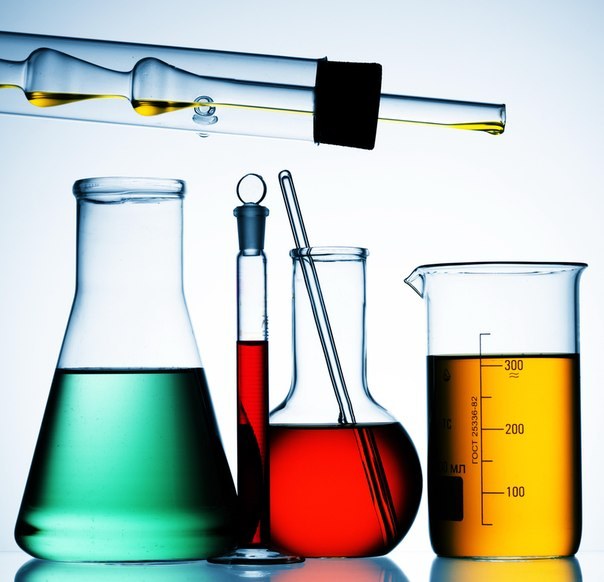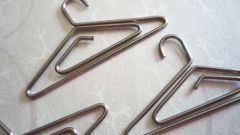In what areas should I store chemicals
In the room where you will store chemicals, it is necessary to exclude any possibility of reactions with their participation. For this you need to follow some simple rules.
First of all, the premises must have properly working ventilation system. The air in them should not stagnate and heat up, as some substances are quite sensitive to temperature rise. You should also exclude the direct sunlight on the tank where it is stored reagents.
Areas should be dry, as many substances can react with water. The consequences of such reactions can result in considerable material damage, not to mention the possible injuries of employees of the laboratory or warehouse. Usually next to a table where there is a selection of drugs, there is an information sheet on which is written the rules for the placement and storage of chemicals. Here are some of them.
Rules of storage of chemicals
Many of the substances needed in industry and laboratory research that chemically active. That's why they should be stored separately from each other. This rule works for some of the reagents:
- flammable gases (hydrogen, butane, propane) must be stored separately from the gases, which is able to support the oxidation reaction (combustion) allowed storage of combustible gases with inert (argon, krypton, neon);
- strong inorganic acids such as sulfuric, hydrochloric, phosphoric, and others;
- substances liable to ignite and release large amount of energy: red phosphorus, sulfur;
- cyanide and other strong poisons, e.g. arsenic should also be stored separately from other reagents in spite of the fact that by itself it is not poisonous. It can easily react with other substances. Almost all arsenic compounds belong to the strongest poisons.
The employees of the warehouse should pay attention to substances, the composition of which changes during the reaction with air. For sealing can be used paraffin. In some cases it can not be used.
Substances that can react with glass, are stored in special containers made of acid-resistant steel (in the case of sulfuric acid) or a special sustainable polymers. In some cases, allowed draining of reagents in the sewage system. Before that, they must be repeatedly diluted with water. Strong acid and alkaline solutions do not discharge into sewer in any concentrations.


